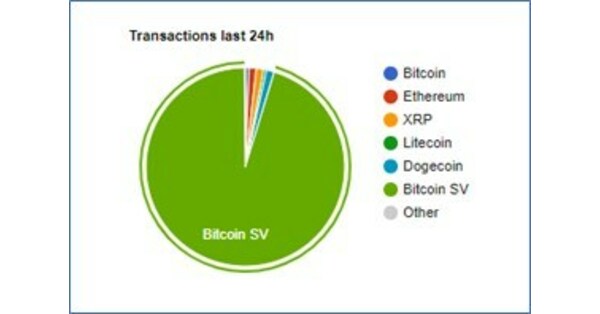How the Hermès NFT case will affect expression and business

On February 8, the iconic luxury fashion brand Hermès secured an important legal victory in the Hermes International SA v. Rothschildthe world’s first case of infringement of intellectual property rights by creators of non-fungible tokens.
The court found that Rothschild infringed the company’s trademark through his creation and sale of “MetaBirkin” NFTs that riffed off the acclaimed line’s signature status bags.
Despite the obviously artistic aspects of these digital art images, the jury ultimately concluded that they were not sufficiently expressive to merit protection from Hermès’ infringement claims. As a result, Hermès was awarded $133,000 in damages for trademark infringement.
This case highlights the intricate legal implications of creating digital art and sets a precedent for other companies looking to protect their brand and assets from any form of digital IP infringement.
Physical rules still apply
Hermès has made huge profits from its iconic Birkin bag, one of the most famous and sought-after luxury products on the market.
So it was no surprise that when Hermès became aware of the “MetaBirkin” project, they were quick to pursue legal action against Rothschild. What does this victory for Hermès mean for other brands, artists and the NFT industry going forward?
If the recent ruling says anything, it’s that the same old rules for intellectual property rights will apply in the NFT space. Concepts around trademark, artistic expression, fair use and the First Amendment will be analyzed in the same way in the metaverse as they are in the physical universe.
Artists and creators must be aware that there is a significant risk in trading on the goodwill of well-established brands for commercial profit.
Just because NFTs and the metaverse are new media that statutory law has not yet fully caught up with, does not mean that previously established laws relating to trademarks and other intellectual property do not apply.
Rather, just as written content moving from newspapers and magazines to online forums did not change trademark and intellectual property rights, neither will the transition from selling physical objects to NFTs.
Impact on brands
In new digital spaces and elsewhere, established brands will not allow their trademarks and other IP to be infringed or diluted by artists looking to profit from their protected material.
through the Hermès case, these companies have taken comfort that their proven enforcement efforts should prevail.
As a result, artists should know that the fact that their art is expressed through NFTs or in the metaverse will not protect them from the same IP enforcement action that can be taken against infringers selling physical assets or other online creators.
Takeaways for artists and creators
Producers of NFTs must ensure their creation’s value and legal status by assessing existing intellectual property rights and, where appropriate, obtaining appropriate rights clearances.
It is worth consulting an intellectual property legal expert when considering the use of branded material in NFTs and other digital creations, especially if it is intended for wider commercial sale.
Established brands such as Hermès rely heavily on brand goodwill – i.e. the value of their name and design in the market versus others – for sales and will fiercely protect this goodwill.
Consequently, artists who are seen as attempting to trade or profit from this goodwill will face legal challenges regardless of their medium of expression.
Using big brands in commercial art is inherently risky. Rothschild’s lawyer tried to argue that the artist’s depiction of Hermès’ luxury Birkin bags was no different from Andy Warhol’s use of the Campbell’s Soup logo on his famous silkscreens. But the argument did not prevail.
Instead, the jury likely recognized that Rothschild’s “MetaBirkin” NFTs were more of a large-scale commercial enterprise trading on the brand name and goodwill Hermès has built since the 1830s.
The precedent in this case indicates the legal gap between the for-profit commercialization of an artist trading on a brand’s established goodwill to sell parts of NFTs and the creation of a work of art displayed in a gallery as artistic expression.
While not all major brands are currently playing in the NFT space, creators and artists should be aware that this case will give businesses comfort that their current brand investments and future moves into the NFT space will be protected.
The case is Hermes International et al v. Rothschild, SDNY, 1:22-cv-00384-JSR, 2/8/23.
This article does not necessarily reflect the opinion of Bloomberg Industry Group, Inc., the publisher of Bloomberg Law and Bloomberg Tax, or its owners.
Write for us: Author Guidelines
Author information
Andrew Comer is a partner in Fortis Law Partners where he leads the firm’s trademark practice, advising companies on registrations and brand protection.























